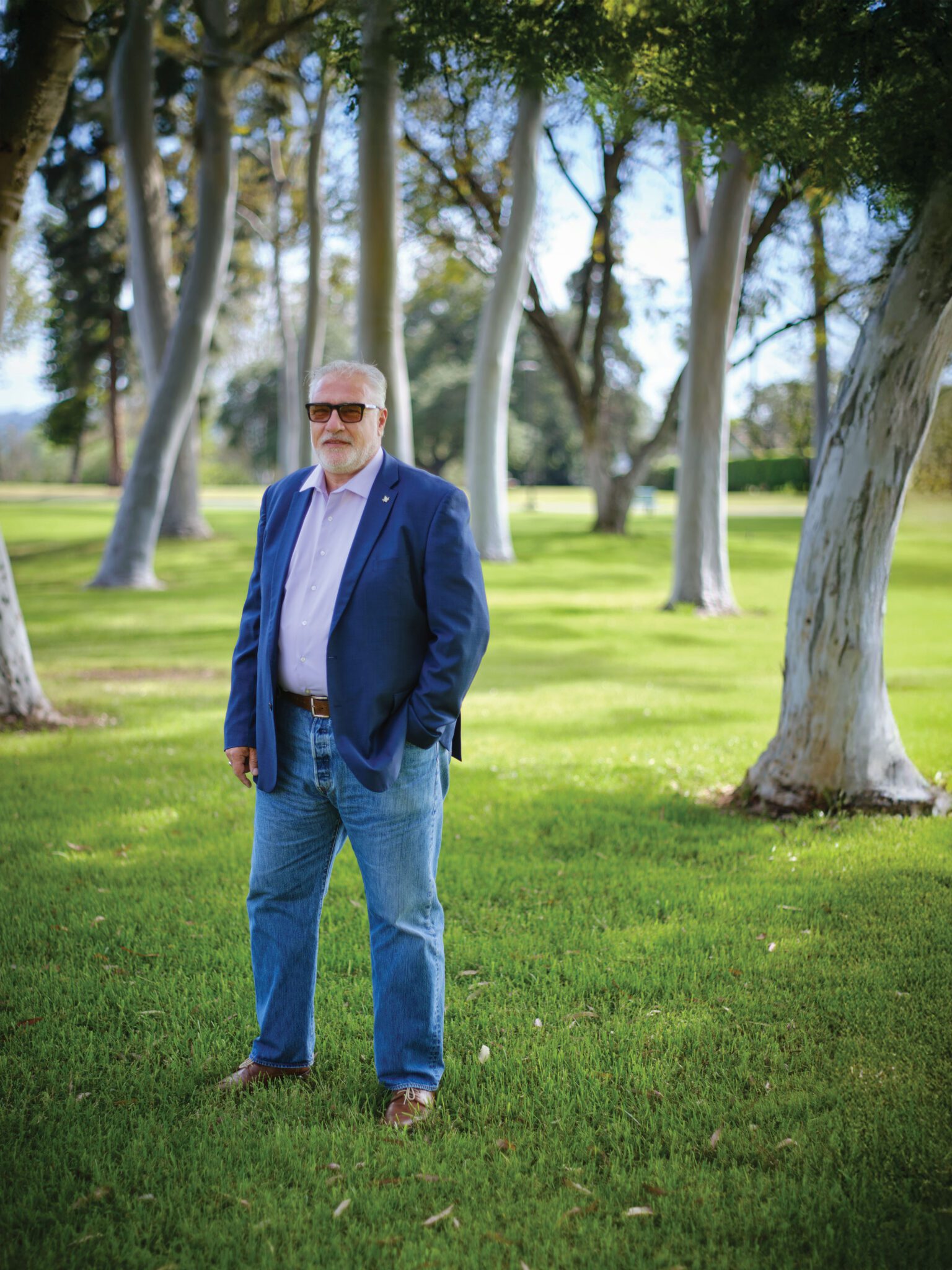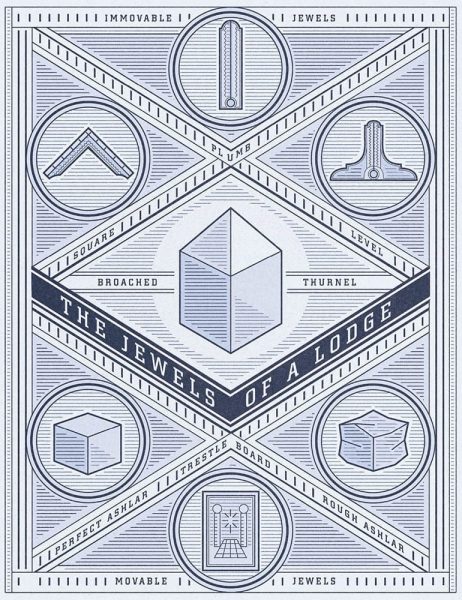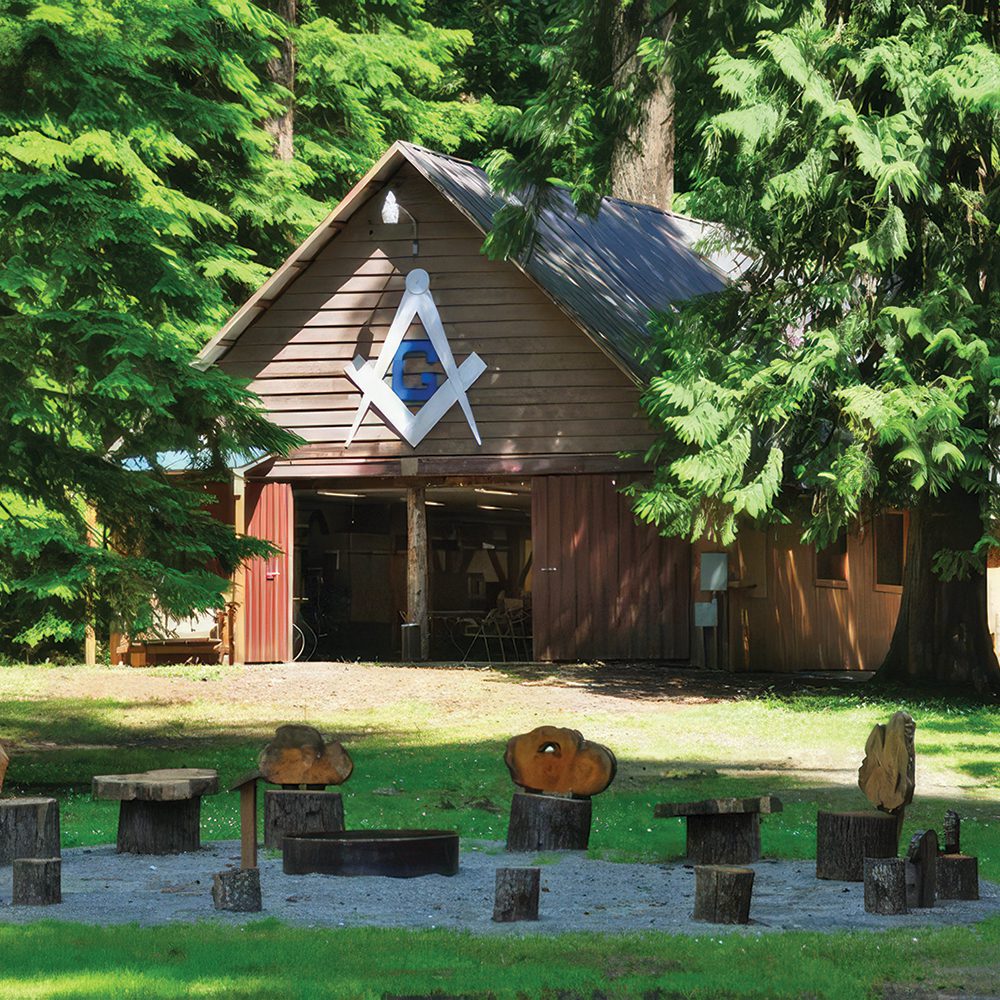
Member Profile: Seb Badoyan
From Beirut to the San Gabriel Valley, Seb Badoyan has made a point of giving back to others.
By John L. Cooper III, Past Grand Master

Within Freemasonry, the term “jewel” – though it does not connote an item of great material value – commands special respect. Our Masonic jewels assume a variety of forms. The jewels of a Fellow Craft Mason include “… the attentive ear [which] receives the sound from the instructive tongue… [so that] the mysteries of Masonry are safely lodged in the repository of faithful breasts.”
Within the lecture of the Entered Apprentice Degree, the candidate is introduced to the jewels of the lodge. The Grand Lodge of California Monitor states:
The Jewels of a Lodge are six: three immovable, and three movable… The Immovable Jewels are the Square, the Level, and the Plumb; and they are termed immovable because they are the jewels of the three principal officers of the Lodge… The Square denotes morality, the Level equality, and the Plumb the rectitude of life.
The Movable Jewels are the Rough Ashlar, the Perfect Ashlar, and the Trestle Board. The Rough Ashlar is a stone as taken from the quarry in its rude and natural state. The Perfect Ashlar is a stone made ready by the hands of the workman, to be adjusted by the workingtools of the Fellow Craft. The Trestle Board is for the Master Workman to draw his designs upon.
The definitions above are familiar to most Masons, and reflect our understanding of these jewels and working tools today. But interestingly, the categories of immovable and movable jewels were originally reversed – and they remain so in Masonic ritual throughout many parts of the world.
In 1826, New York Masons were blamed for the disappearance and presumed death of William Morgan, a man who had posed as a Mason in an effort to write an exposé on Masonic ritual. Following this incident, dubbed “the Morgan Affair,” American grand lodges sought to defend themselves from other would-be imposters. One strategy was by reversing the categories of the immovable and movable jewels so that non-Masons would have a more difficult time posing as members based on knowledge gained from reading exposés. This original order is reflected in one of the earliest exposés, Samuel Prichard’s 1730 “Masonry Dissected”:
Q. What are the Immoveable Jewels?
A. Trasel Board, Rough Ashlar, and Broach’d Thurnel.
Q. What are their Uses?
A. Trasel Board for the Master to draw his Designs upon, Rough Ashlar for the Fellow-Craft to try their Jewels upon, and the Broach’d Thurnel for the Enter’d ‘Prentice to learn to work upon.
This definition of the rough ashlar is easy enough. It fits nicely with the perfect ashlar in our current ritual, which demonstrates one’s growth in Masonic knowledge, as well as shaping our lives in accordance with the principles of Freemasonry. The reference to the Trestleboard, although it is spelled a bit oddly, is also easy enough. But what is the “broached thurnal”?
By referring to early lodge tracing boards, we find that the broached thurnel is a smooth stone with three equilateral sides and one topped with a pyramid. In the 1730 ritual, this symbol was assigned to the Entered Apprentice and the rough ashlar was assigned to the Fellow Craft. But shouldn’t this be reversed? According to the symbolism we follow today, the Entered Apprentice would begin with a rough ashlar, while the form of a perfect ashlar would be assigned to a more advanced Mason. This dichotomy has puzzled Masonic scholars for many years. But I believe that there is an answer, and it is based on how we should perceive these two important symbols.
Our current ritual defines the rough ashlar as a stone “taken from the quarry in its rude and natural state,” presumably by the Entered Apprentice who is expected to perform simpler tasks as a beginner Mason. The perfect ashlar has been “adjusted by the working tools of the Fellow Craft,” the square, level, and plumb. But, our ritual includes an assumption: that the Entered Apprentice Mason has a clear understanding of the perfect ashlar he is striving to create.
The original ritual does away with this assumption, proposing an interesting direction. If we begin a journey without a set destination, any path will lead us to its end – but perhaps this journey will not merit our time or efforts. Likewise, if, as Masons, we strive to shape our rough ashlar without a vision of the finished stone, any adjustments will seem like progress – even if they are actually setbacks. It is only by understanding the finished product that we can work to achieve it, rather than wasting time – or wasting stone.
“If we begin a journey without a set destination, any path will lead us to its end – but perhaps this journey will not merit our time or efforts.”
The beautiful broached thurnel was diagrammed on the master’s Trestleboard so that the Entered Apprentice would understand his goal. When we work to shape our minds “as living stones for that house not made with hands, eternal in the heavens,” we must also follow an example of how to live. It all now makes sense. We changed this symbol in our ritual, and the metaphors of this updated ritual hold meaning for us. But it is interesting to contemplate how our Masonic experiences might have been different had we been given the broached thurnel as an example of a perfect ashlar before beginning our journeys within the craft.

From Beirut to the San Gabriel Valley, Seb Badoyan has made a point of giving back to others.

A new exhibition in San Diego spotlights Negro League pioneers, thanks to a gift from the Masons of California.

At the Masonic Family Park in Washington State, a Masonic campsite is a respite for the fraternal sojourner.